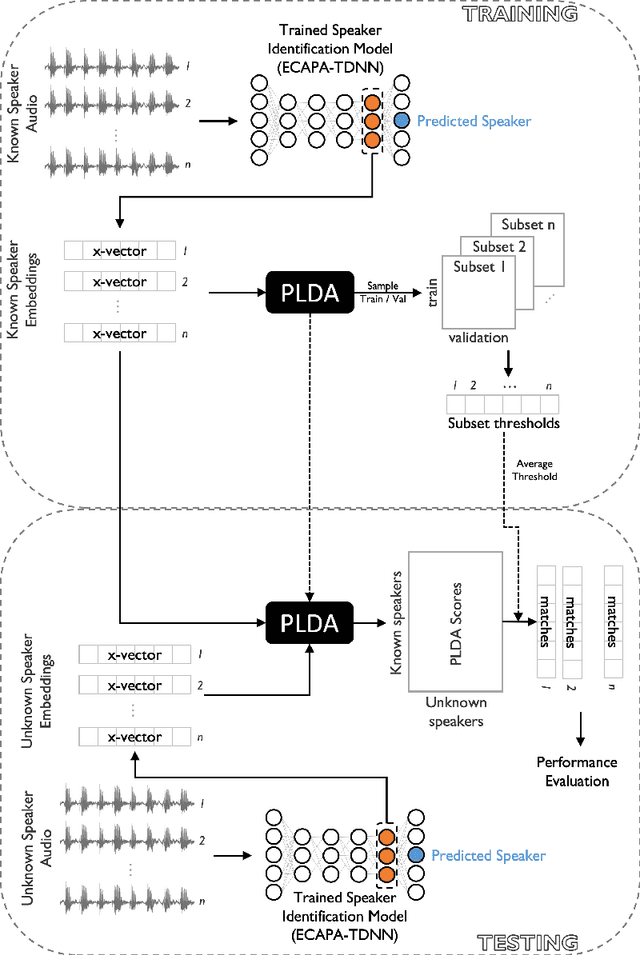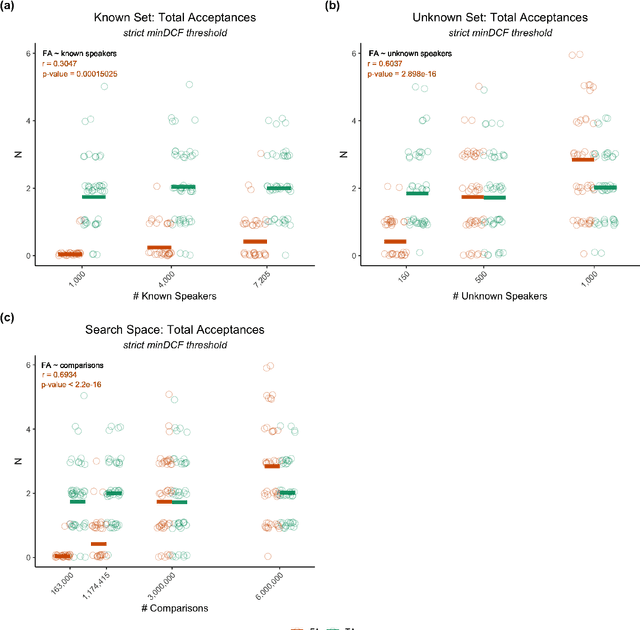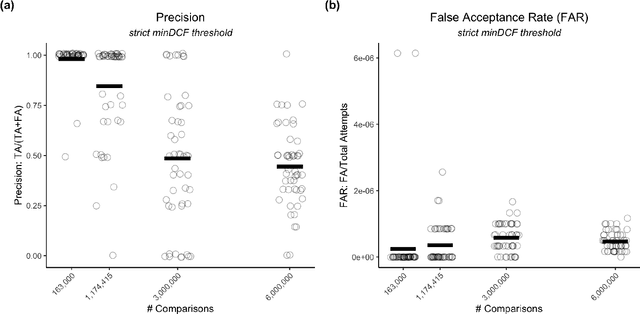Daniela A. Wiepert
Exploring transfer learning for pathological speech feature prediction: Impact of layer selection
Feb 02, 2024Abstract:There is interest in leveraging AI to conduct automatic, objective assessments of clinical speech, in turn facilitating diagnosis and treatment of speech disorders. We explore transfer learning, focusing on the impact of layer selection, for the downstream task of predicting the presence of pathological speech. We find that selecting an optimal layer offers large performance improvements (12.4% average increase in balanced accuracy), though the best layer varies by predicted feature and does not always generalize well to unseen data. A learned weighted sum offers comparable performance to the average best layer in-distribution and has better generalization for out-of-distribution data.
Risk of re-identification for shared clinical speech recordings
Oct 18, 2022



Abstract:Large, curated datasets are required to leverage speech-based tools in healthcare. These are costly to produce, resulting in increased interest in data sharing. As speech can potentially identify speakers (i.e., voiceprints), sharing recordings raises privacy concerns. We examine the re-identification risk for speech recordings, without reference to demographic or metadata, using a state-of-the-art speaker recognition system. We demonstrate that the risk is inversely related to the number of comparisons an adversary must consider, i.e., the search space. Risk is high for a small search space but drops as the search space grows ($precision >0.85$ for $<1*10^{6}$ comparisons, $precision <0.5$ for $>3*10^{6}$ comparisons). Next, we show that the nature of a speech recording influences re-identification risk, with non-connected speech (e.g., vowel prolongation) being harder to identify. Our findings suggest that speaker recognition systems can be used to re-identify participants in specific circumstances, but in practice, the re-identification risk appears low.
 Add to Chrome
Add to Chrome Add to Firefox
Add to Firefox Add to Edge
Add to Edge